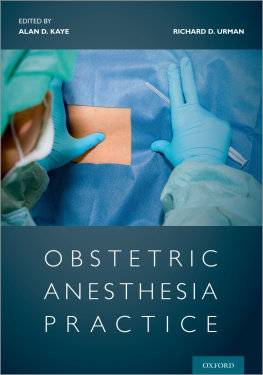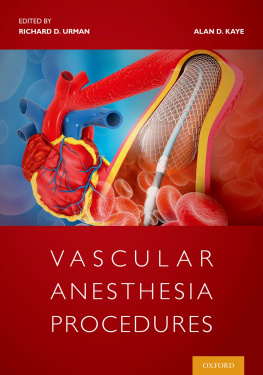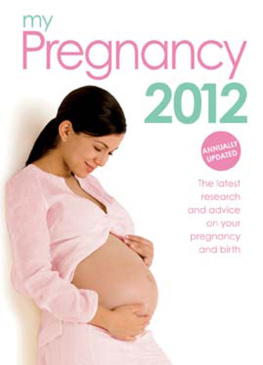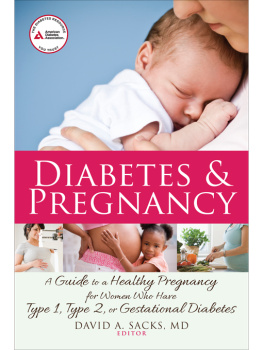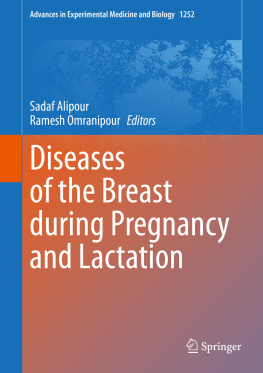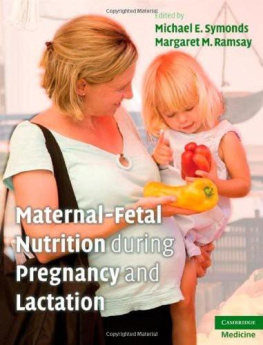Obstetric Anesthesia Practice

Oxford University Press is a department of the University of Oxford. It furthers the Universitys objective of excellence in research, scholarship, and education by publishing worldwide. Oxford is a registered trade mark of Oxford University Press in the UK and certain other countries.
Published in the United States of America by Oxford University Press
198 Madison Avenue, New York, NY 10016, United States of America.
Oxford University Press 2021
All rights reserved. No part of this publication may be reproduced, stored in a retrieval system, or transmitted, in any form or by any means, without the prior permission in writing of Oxford University Press, or as expressly permitted by law, by license, or under terms agreed with the appropriate reproduction rights organization. Inquiries concerning reproduction outside the scope of the above should be sent to the Rights Department, Oxford University Press, at the address above.
You must not circulate this work in any other form and you must impose this same condition on any acquirer.
Library of Congress Cataloging-in-Publication Data
Names: Kaye, Alan D., editor. | Urman, Richard D., editor.
Title: Obstetric Anesthesia Practice / edited by
Alan D. Kaye and Richard D. Urman.
Description: New York, NY : Oxford University Press, [2021] |
Includes bibliographical references and index.
Identifiers: LCCN 2020041606 (print) | LCCN 2020041607 (ebook) |
ISBN 9780190099824 (paperback) | ISBN 9780190099848 (epub) |
ISBN 9780190099855 (online)
Subjects: MESH: Anesthesia, Obstetricalmethods |
Pregnancy Complicationssurgery
Classification: LCC RG732 (print) | LCC RG732 (ebook) |
NLM WO 450 | DDC 617.9/682dc23
LC record available at https://lccn.loc.gov/2020041606
LC ebook record available at https://lccn.loc.gov/2020041607
DOI: 10.1093/med/9780190099824.001.0001
This material is not intended to be, and should not be considered, a substitute for medical or other professional advice. Treatment for the conditions described in this material is highly dependent on the individual circumstances. And, while this material is designed to offer accurate information with respect to the subject matter covered and to be current as of the time it was written, research and knowledge about medical and health issues is constantly evolving and dose schedules for medications are being revised continually, with new side effects recognized and accounted for regularly. Readers must therefore always check the product information and clinical procedures with the most up-to-date published product information and data sheets provided by the manufacturers and the most recent codes of conduct and safety regulation. The publisher and the authors make no representations or warranties to readers, express or implied, as to the accuracy or completeness of this material. Without limiting the foregoing, the publisher and the authors make no representations or warranties as to the accuracy or efficacy of the drug dosages mentioned in the material. The authors and the publisher do not accept, and expressly disclaim, any responsibility for any liability, loss, or risk that may be claimed or incurred as a consequence of the use and/or application of any of the contents of this material.
To my wife Dr. Kim Kaye and my children, Aaron and Rachel Kaye, for being the inspiration to work hard in my life;
To my mother Florence, sister Sheree, and brother Adam for sticking with me all of my life;
To all my colleagues at the LSU School of Medicine in Shreveport, including Dr. Ghali Ghali, Dr. Charles Fox, Dr. Chris Kevil, and Dr. David Lewis for their support and friendship.
Alan D. Kaye
To all my mentors for all their advice and for being there when I need them;
To my wife Dr. Zina Matlyuk and my children, Abigail and Isabelle, for their love and support;
To my patients who ultimately will be the beneficiaries of this book;
To my colleagues who inspire me every day.
Richard D. Urman
Contents
Shairko Missouri, Trevor Miller, and Taylor Mueller
Sandra N. Gonzalez, Easha Patel, and Christa L. Riley
Agathe Streiff and Yelena Spitzer
Carole Zouki and Aladino De Ranieri
Benjamin F. Aquino, Afshin Heidari, and Leila Haghi
Patrick McConville, Carrie Polin, and Justin Swengel
Jacqueline Curbelo
Courtney Rhoades and Kristen Vanderhoef
Marianne David, Geoffrey Ho, Daniel Fisher, Laura Roland, Everett Chu, and Michelle S. Burnette
Adam L. Wendling
Michelle Eddins
Najmeh Izadpanah, Seung Lee, Kanchana Gattu, and Blake Watterworth
Paulina Cardenas
Michelle S. Burnette, Laura Roland, Everett Chu, and Marianne David
Anvinh Nguyen, Yi Deng, and Melissa A. Nikolaidis
Michael Marotta and David Gutman
Elvera L. Baron and Daniel Katz
Joel Sirianni and Robert Mester
Lacey E. Straube
Faiza A. Khan and Jill M. Mhyre
Thais Franklin dos Santos, Arina Ghosh, and Reine Zbeidy
Fatoumata Kromah, Darshna Bhatt, Nayef Chahin, Miheret Yitayew, and Joseph Khoury
Lucy Li, Jingping Wang, Alan D. Kaye, and Henry Liu
Gavin T. Best, Melissa A. Nikolaidis, and Yi Deng
Arunthevaraja Karuppiah, Jessica Galey, and Shobana Bharadwaj
Beata Evans, Kevin Quinn, Rajanya S. Petersson, Timothy Wills, and Fatoumata Kromah
Nora Martin, Fadi Farah, and Shamantha Reddy
Samuel Onyewu and Fatoumata Kromah
Obstetrics as a specialty continues to evolve. Here in the United States, preterm delivery rates are finally decreasing, while cesarean section rates have continued to increase in some locations. Recently, maternal mortality has become the major concern occupying the attention of physicians, hospitals, and beaurocrats. Despite all of these issues, one major change in the last forty-years, which has dramatically transformed the field of obstetrics, pain control.
Obstetric anesthesia as a specialty has been around for some time. The journey has gone from medication and specifically administered local anesthesia, such as pudendal blocks, to epidurals that remove the vast majority of pain during this otherwise painful process. As an obstetrician, it is quite common for my patients to think more highly of the anesthesiologists that they just met, than myself who has cared for them during the course of their pregnancy. Pain elimination has that effect on people.
Like most specialties, obstetrical anesthesia has evolved and become an art. Scientific evidence has shown us the best techniques, medications, and the best timing for their use. The current book by Kaye and Urman is a comprehensive evaluation of anesthesias use in obstetrics. It includes all the current techniques and drugs.
As a health care provider, we are called to always practice our best. This includes keeping up with the latest techniques and information. This book provides the necessary foundation for the reader to accomplish this goal.
David F. Lewis, MD, MBA
Professor and Chair, Department of Obstetrics and Gynecology
Dean, School of Medicine, LSUHSC-S
The first edition of Obstetrical Anesthesia is intended to provide a timely update in the field of obstetrical anesthesia and continue the mission of providing a concise, up-to-date, evidence-based, and richly illustrated book for students, trainees, and practicing clinicians. The book comprehensively covers a robust list of topics focused to improve understanding in the field with emphasis on recent developments in clinical practices, technology, and procedures. We strived for a simple, accessible format that avoids encyclopedic language and lengthy discussions.

